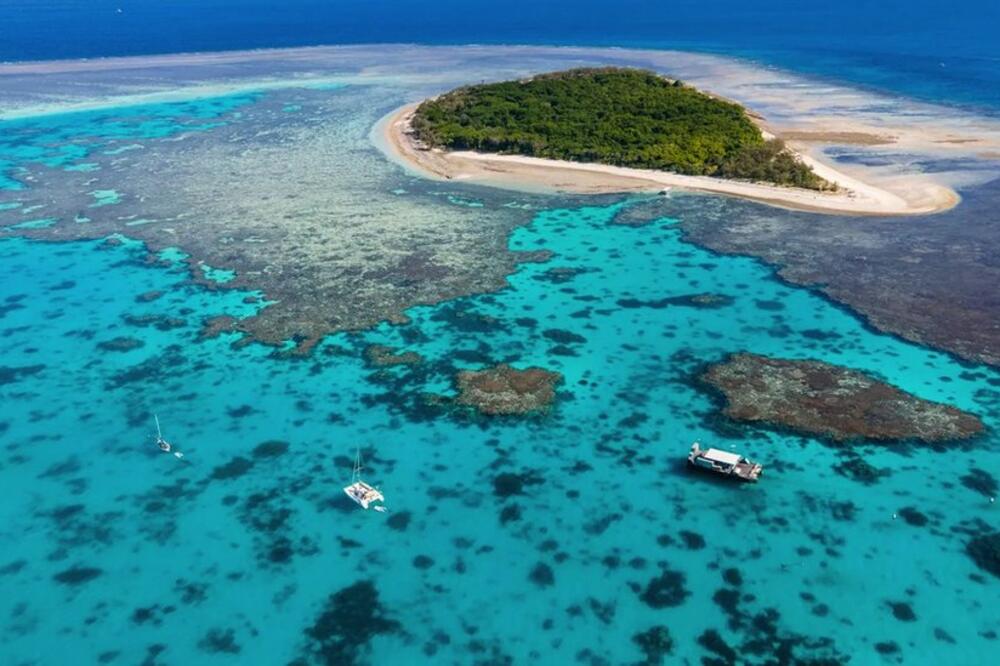The southern Great Barrier Reef, home to marine life and sustainable tourism, is booming.
"You might want to stay in the water for a minute longer," quips our captain from a nearby boat, as our group surfaces after diving around the magnificent outer reef of Lady Musgrave Island.
"A pod of whales is heading straight for you," he says with a smile and quickly maneuvers the ship to get out of their way.
Through the visor of the mask, I look at the turquoise water, which is so clear that I can glimpse the manta ray cleaning site, some 20 meters below us, where we watched one of those magnificent sea dragons dance in the water current while the little fish nibble on its white belly.
Then everything went dark as five shell-encrusted humpback whales passed right below us.
Those gentle giants swam just a few meters from the tips of our fins.
In this wondrous corner of Queensland's Great Barrier Reef, it's hard to believe that this site, declared a UNESCO World Heritage Site, narrowly avoided being included on the UNESCO list of "endangered" sites earlier this year.
- UNESCO: The Great Barrier Reef is under threat
- The largest coral reef in the world is in serious danger
- Disaster in Australia - The Great Barrier Reef lost half of its corals
Although, few travelers know about the place where I dived so well.
As part of the Capricorn and Banker Group, a group of atolls and reefs on the southern edge of the Great Barrier Reef, Lady Musgrave Island is one of the best kept secrets.
And while tourists have been visiting the Northern Great Barrier Reef since the last decade of the nineteenth century, intrepid travelers didn't begin arriving in the southern reaches until the XNUMXs, when a turtle meat cannery on Heron Island was converted into a resort.
However, the Southern Great Barrier Reef (which stretches some 300 kilometers from the Capricorn coast towards the Bandaberg region) still receives fewer visitors than Cairns and the White Sundays, that is, less than 9 percent of the 2,4 million visitors that pre-Covid-19 , visited the reef annually.
That's a shame, because having dived the entire length of the Great Barrier Reef since I first visited the White Sundays as a six-year-old in the XNUMXs, I've found the southern rim to be no less spectacular than the rest of it.
Since it is less affected by extreme weather events, such as cyclones and long heat waves, it could be said that this part of the ridge is in better condition.
United in their commitment to sustainable development, the biggest tourism workers from there hope that the situation will remain that way.
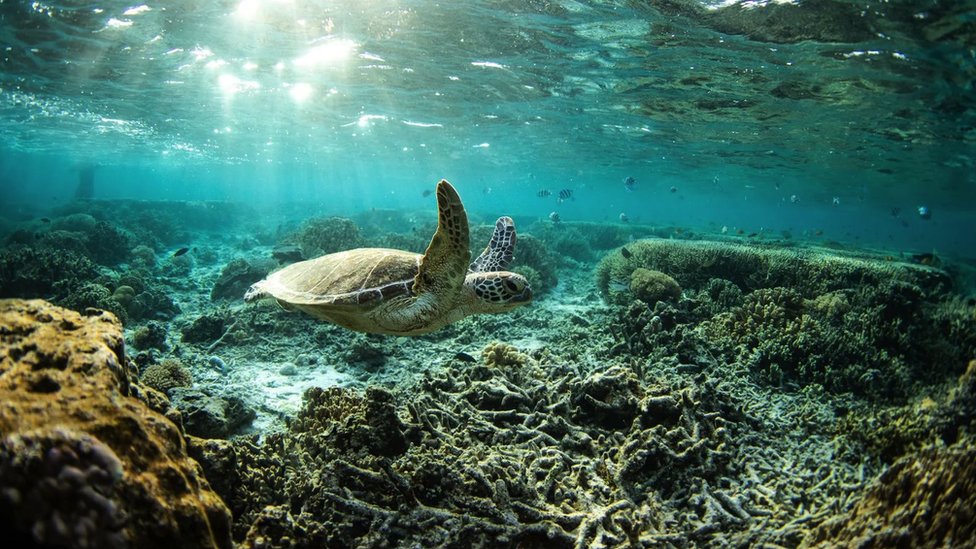
Could tourists, due to predictions that climate pressures will force marine life and birds of the Great Barrier Reef to migrate south to avoid global temperature rises too fast to adapt, follow suit?
As Australia gets closer to opening up to the world again, this part of the reef has never been more ready to welcome visitors.
Lady Musgrave Headwaters, a state-of-the-art pontoon with an underwater observatory that transforms into a 20-bed dormitory at night, is the newest attraction on the Southern Great Barrier Reef.
Opened in 2021, the three-level pontoon, the top of which is also used for glamping, provides access to pristine dive sites even further from the sites previously accessible to day visitors (though I recently discovered that those are pretty impressive too).
Permanently moored in the lagoon surrounding Lady Musgrave Island, where the Queensland National Parks and Wildlife Service (QPWS) maintains a camp, Lady Musgrave Headwaters today represents one of the tourism offers on the Great Barrier Reef with the least environmental impact.
- A coral reef taller than the Empire State Building has been found
- Will calm seas help Red Sea supercoral recovery?
"The pontoon leaves virtually zero per cent footprint," claims owner and manager Brett Lakey, whose Bandaberg-based company, Lady Musgrave Experience, leaves no carbon footprint.
Lady Musgrave Headwaters is built from the best available ecological materials and is powered entirely by solar and wind energy, has its own desalination plant, and all waste is taken to land by the "Empress of the Reef", a 35-meter long catamaran that is moored at Headwaters during the day.
"It's also rated to be able to withstand a Category XNUMX cyclone, although we hope there will never be one down here," he adds.
Visitors also have the opportunity to give back to the reef through coral farming and science programs, as well as hear about reef conservation from the Guidarjil Bandaberg Marine Rangers, members of the Queensland Indigenous Territory Program and Marine Rangers, who regularly take part in Lady Musgrave Experience trips.
Among the dive sites now available at Lady Musgrave Headwaters are the vibrant coral gardens that surround Lady Elliott Island, the southernmost atoll of the Great Barrier Reef, where hundreds of manta rays congregate.
After it was stripped bare by guano hunters at the end of the 19th century, and then left to goats, Lady Elliot Island has been rehabilitated over the last 50 years with great effort, in which the Gash family, who since 2005 has managed the Ecological the sanctuary of Lady Elliot Island.
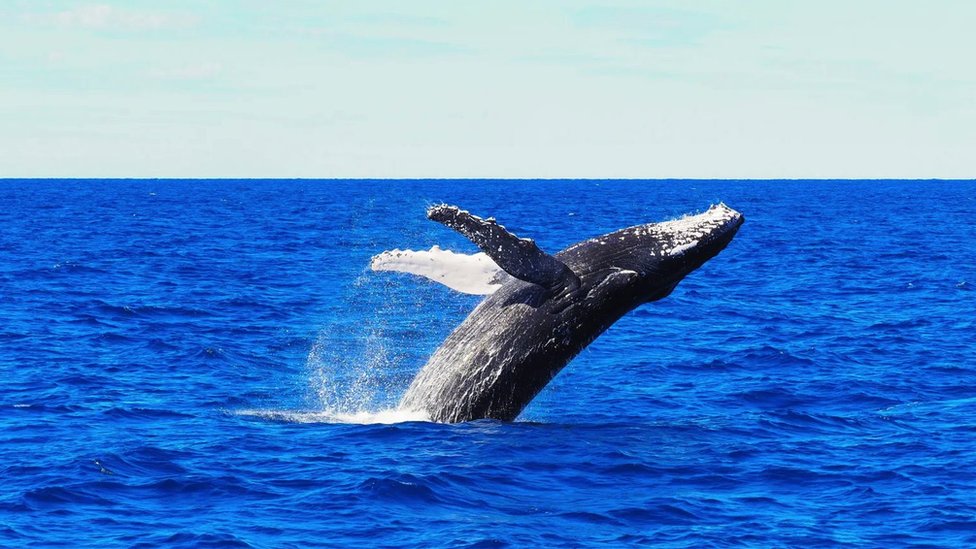
The family-friendly haven is said to have set a new standard in sustainable Australian island tourism, having reached its 2020 target of 100 per cent renewable energy - no small feat for a 150-bed hotel in the middle of the ocean, some 80 kilometers from Bandaberg on the mainland.
In 2018, Lady Elliot Island was selected as the first "climate change ark" under the Great Barrier Reef Foundation's Coral Reef Islands Initiative, designed to protect critical habitats from the impacts of climate change.
Building on the Gash family's private tree planting program, within that initiative a broad project to re-invigorate vegetation was launched, which has been more successful than expected.
"We started planting trees because it felt like the right thing to do, but now we're also seeing changes on the reef," says sanctuary manager Peter Gash, a 2020 Order of Australia recipient for his work in ecotourism and aviation.
"Scientists have found that guano acts as fertilizer for the corals, and therefore the bird population attracted to the trees helps the reef flourish," he says.
Dr Kathy Townsend, a marine biologist and full professor at the University of the Sunshine Coast, who is leading the project, said that to prepare the island as a "barge" it was crucial to learn as much as possible about it.
"We are currently making a list of basic species, in order to determine which ones live here.
"It will help us track the 'thermal refugees' (marine species and birds that move north due to rising temperatures) that arrive over time," she said.
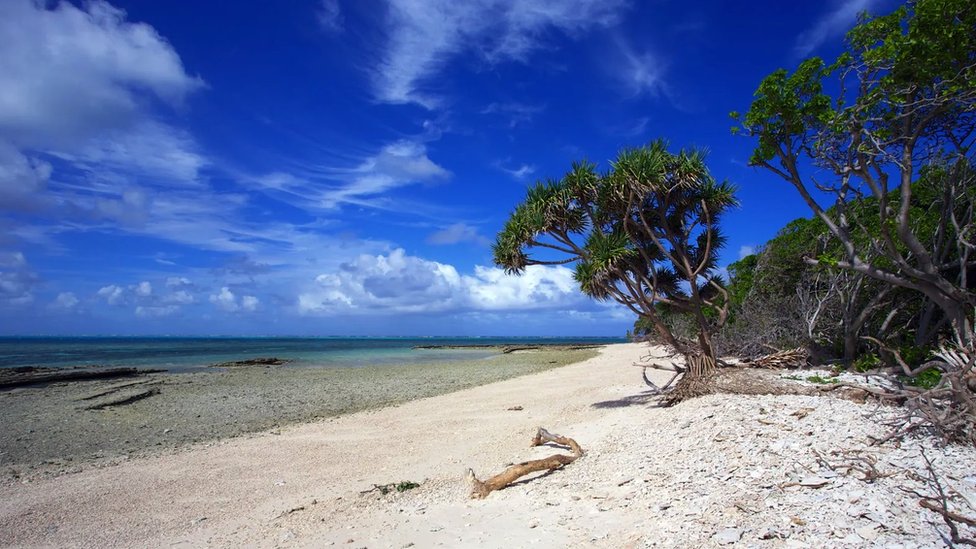
The project - which visitors to the island can contribute to by uploading photos of marine life and birds to the project's Facebook page - took on added significance in 2020, when the Southern Great Barrier Reef experienced coral bleaching for the first time.
Fortunately, the damaged corals in this region have largely recovered.
"The southern Great Barrier Reef is very resilient and very healthy, so it can handle such events from time to time.
"Problems arise when these events become more frequent, as we've seen in other parts of the reef," Townsend said.
Reopening in 22 following a AUD$2019 million renovation, the Mon Repos Turtle Center in the Bandaberg region - which offers key habitat for endangered loggerhead turtles - is also implementing strategies to combat the impacts of climate change such as an increase in temperature, which can increase the percentage of female sea turtles that have hatched.
"Our hatcheries are in the shade, which can lower the incubation temperature a little bit," said Lauren Angledow, a ranger at the facility, which is managed by the National Parks and Wildlife Service.
She leads tours during the summer nesting season.
"It also prevents the entire brood from overheating, as the turtles can die if they get too warm, which we've started to see as summer temperatures rise," Engledow says.
He adds that the center's scientific team is also evaluating the impact of artificial irrigation through dunes on more successful litter development.
The coastal town of Bandaberg, which is on track to receive an ECO destination certificate by the end of 2021 (which would confirm the environment's commitment to sustainable development), is the perfect base for gradual exploration of the Southern Great Barrier Reef, with the new glamping offer of Spliters Farm, which, with their low impact on the environment, they offer an adequate alternative to the original local eco-hotel Kelis Beach Resort in Bargara.
Farm stalls are packed with fresh produce, and other local attractions, including the Bandaber Rum Distillery and Australian Walnut Visitor Center, opening in mid-2021, offer insights into sustainable farming and its connection to coral reef health.
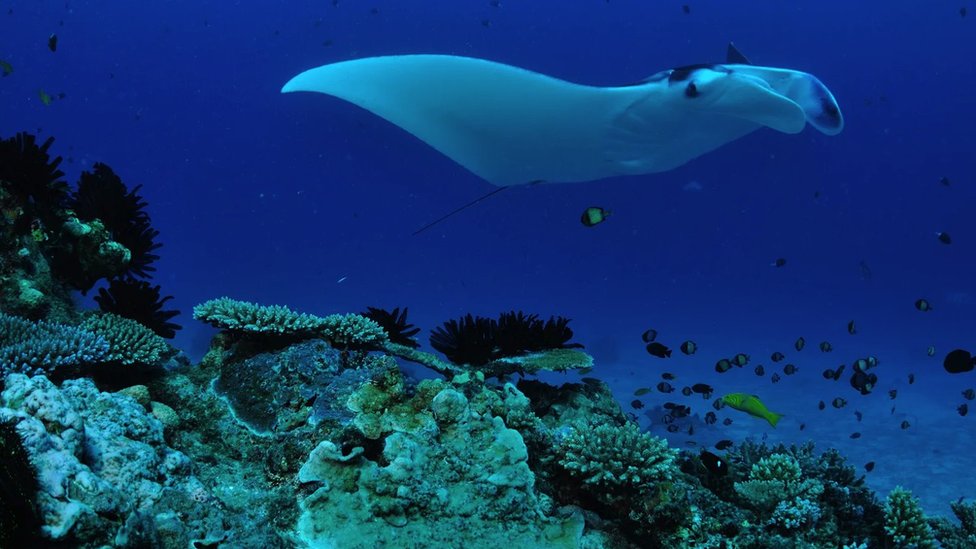
Further north, in the Capricorn region, visitors can tour a marine research station and spend time among the abundant seabirds at the Heron Island Sanctuary, as well as glamp on neighboring Wilson Island, which reopened as a luxury eco-retreat in 2019.
With diesel-powered boats and more emitting planes and helicopters currently being used to transport tourists to the Capricorn and Banker Group due to the long distance from land, visiting this part of the reef is still not without its sustainability challenges.
But local entrepreneurs are not the only ones who think that despite this, tourism plays an important role in preserving this natural wonder.
"The economic power of tourism initially helped to create the Great Barrier Reef Marine Park in the first place.
"And now, in the face of climate change, tourism offers a powerful economic incentive to keep reefs alive," Townsend said.
How saving coral in the Seychelles affects you too:
Follow us on Facebook i Twitter. If you have a topic proposal for us, contact us at bbcnasrpskom@bbc.co.uk
Bonus video:



